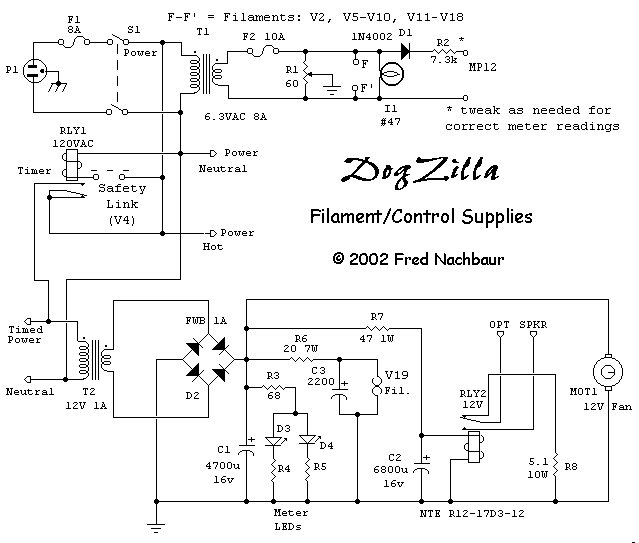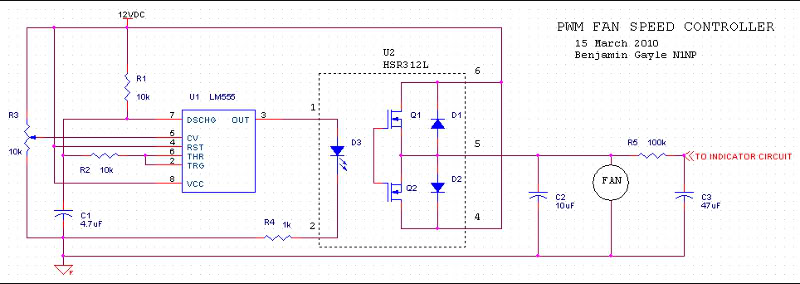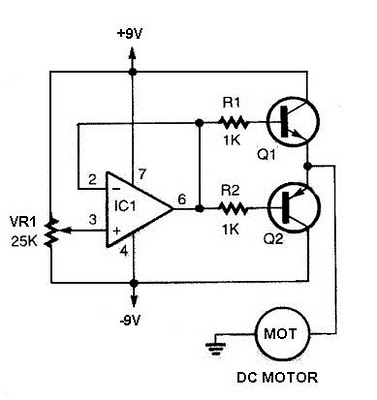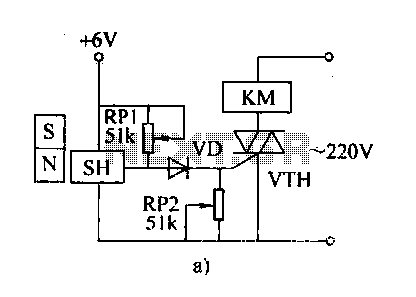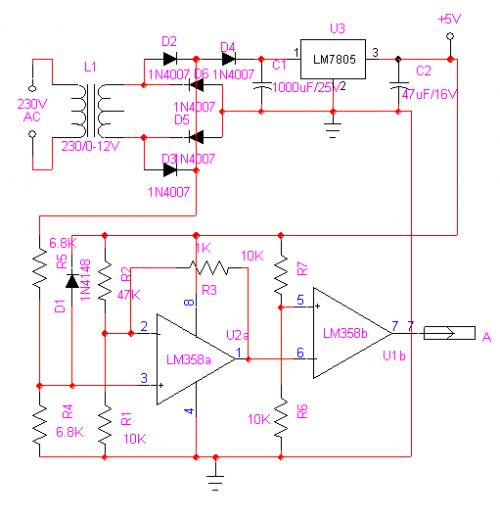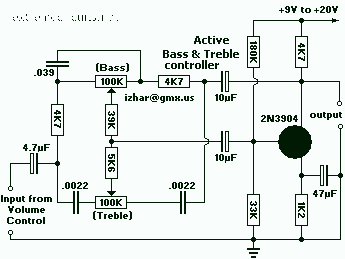
digital volume control
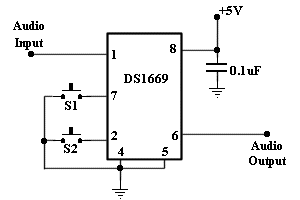
This circuit allows for amplifier volume control without the need for a potentiometer, utilizing an IC DS1669. The operating voltage for this type of IC ranges from 4.5 volts to 8 volts; however, in this circuit, it is used at 5 volts for enhanced safety, as higher voltages may lead to component failure.
The circuit leverages the capabilities of the DS1669 integrated circuit, which is designed for volume control applications. This IC features a digital volume control that can be interfaced with various components to adjust the audio output level without the mechanical wear and tear associated with traditional potentiometers. The DS1669 operates effectively within a power supply range of 4.5 to 8 volts, with a preference for 5 volts in this specific application to minimize the risk of overheating and damage, which may occur if the IC is subjected to higher voltages.
The circuit typically includes input and output connections for audio signals, allowing for seamless integration into an audio amplifier system. Control signals can be fed into the DS1669 to adjust the gain level digitally. This can be achieved through a microcontroller or a dedicated control interface, enabling precise volume adjustments in a compact form factor.
In addition to the IC, passive components such as resistors and capacitors may be included to filter the audio signal and stabilize the power supply. The layout of the circuit should ensure minimal interference and noise, which is crucial for maintaining audio fidelity. Proper grounding and shielding techniques are recommended to enhance performance and protect the circuit from external electromagnetic interference.
Overall, this design offers an innovative solution for volume control in audio applications, providing reliability and precision while eliminating the mechanical limitations of traditional potentiometers.With this circuit you can make the amplifier volume control without having to use a potentiometer, but using a circuit with IC DS1669. For working voltage of the IC of this type was not 5 volts, but 4. 5 VOLTS to 8 Volt, but used in this circuit at 5 V because it is more secure than the IC find that you are using exploded.
🔗 External reference
The circuit leverages the capabilities of the DS1669 integrated circuit, which is designed for volume control applications. This IC features a digital volume control that can be interfaced with various components to adjust the audio output level without the mechanical wear and tear associated with traditional potentiometers. The DS1669 operates effectively within a power supply range of 4.5 to 8 volts, with a preference for 5 volts in this specific application to minimize the risk of overheating and damage, which may occur if the IC is subjected to higher voltages.
The circuit typically includes input and output connections for audio signals, allowing for seamless integration into an audio amplifier system. Control signals can be fed into the DS1669 to adjust the gain level digitally. This can be achieved through a microcontroller or a dedicated control interface, enabling precise volume adjustments in a compact form factor.
In addition to the IC, passive components such as resistors and capacitors may be included to filter the audio signal and stabilize the power supply. The layout of the circuit should ensure minimal interference and noise, which is crucial for maintaining audio fidelity. Proper grounding and shielding techniques are recommended to enhance performance and protect the circuit from external electromagnetic interference.
Overall, this design offers an innovative solution for volume control in audio applications, providing reliability and precision while eliminating the mechanical limitations of traditional potentiometers.With this circuit you can make the amplifier volume control without having to use a potentiometer, but using a circuit with IC DS1669. For working voltage of the IC of this type was not 5 volts, but 4. 5 VOLTS to 8 Volt, but used in this circuit at 5 V because it is more secure than the IC find that you are using exploded.
🔗 External reference
